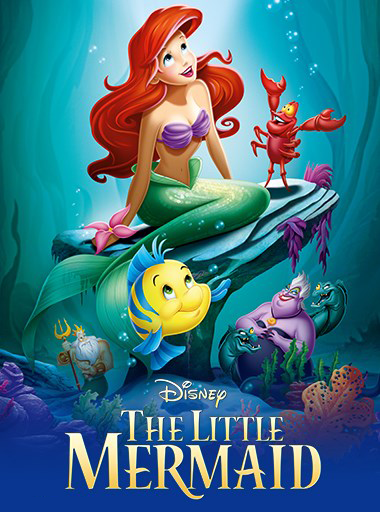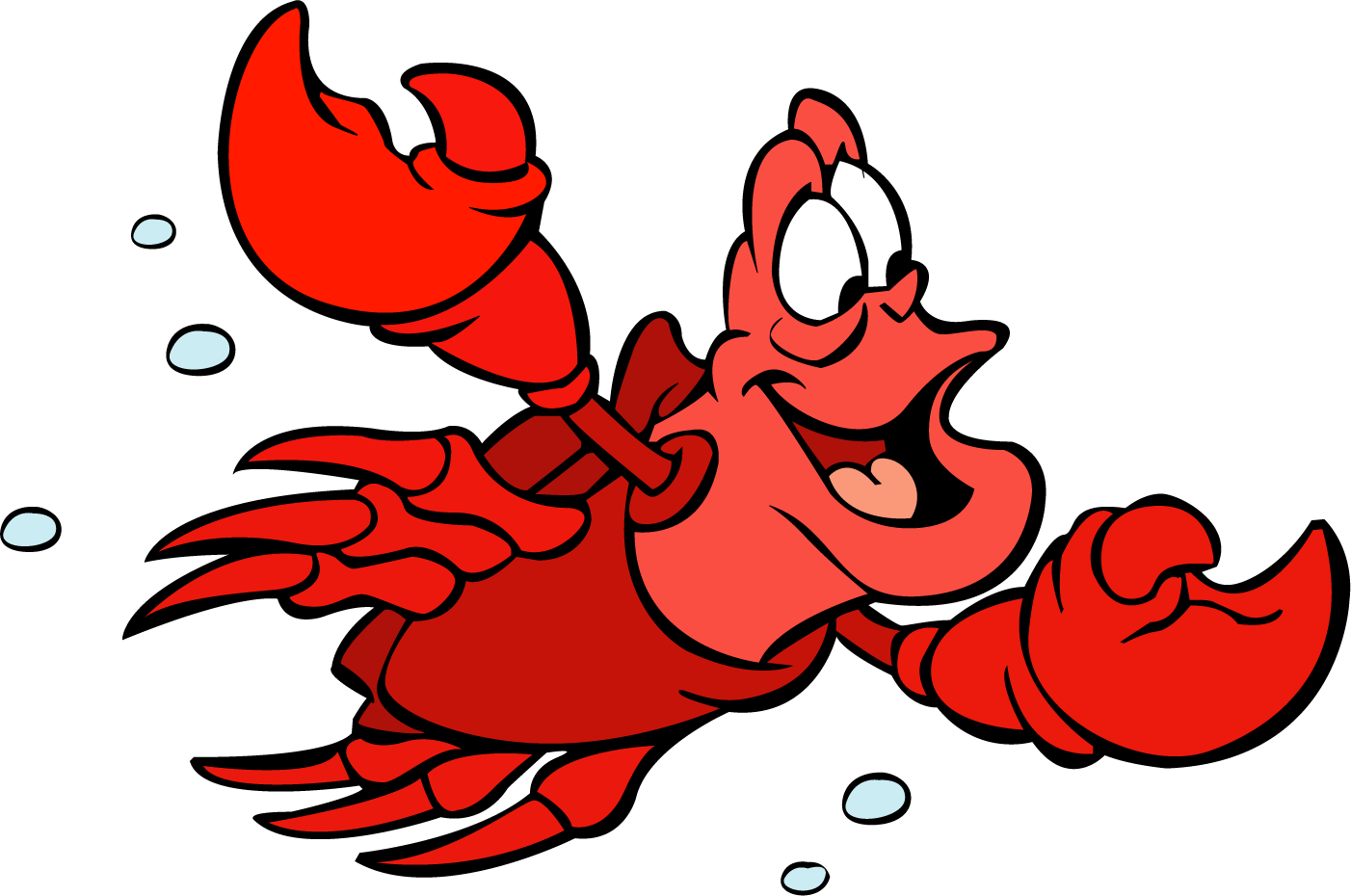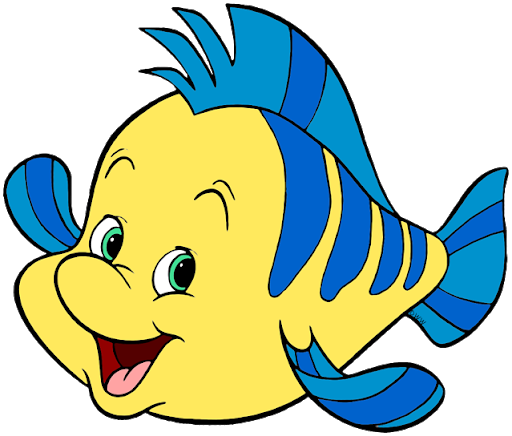EXTENDED Summary, Paraphrase, Quotation
Contents & Navigation
SUMMARY
|
when to
summarize
|
When you want to discuss the source as a whole, distilling its main idea, central point(s), or main focus(es).
|
|
how to
summarize
|
Summarizing involves putting the main idea(s) into your own words, including only the main point(s) or broadly describing the argument. Summarized ideas must be attributed to the original source.*
|
* “Quoting, Paraphrasing, and Summarizing,” Purdue OWL
How to Summarize
|
context
(if needed)
|
+ |
purpose / message
main idea
content / plot
|
+ |
reasons & support
(or rationale/evidence if needed)
|
Example Summary (Whole Work)
Summary of the Film The Little Mermaid

In Disney’s 1989 film, The Little Mermaid, 16-year-old mermaid Ariel is fascinated with life on land. Despite being forbidden to visit the surface by her father—King Triton—Ariel swims to the surface to save the life of a handsome human prince, Eric, and she falls in love. In order to win the heart of her prince, Ariel makes a dangerous deal with the evil sea witch—Ursula—giving her three days as a human to win a kiss from her true love. With the help of her friends—Sebastian (a crab), Flounder (a fish), and Scuttle (a seagull), Ariel is almost successful, missing her deadline by just a moment.
Ursula transforms Ariel into a helpless polyp and imprisons her in sea cave. When King Triton is told of Ariel’s predicament, he gives Ursula his powerful Trident in exchange for his daughter’s life. After Ursula uses the Trident’s power to become the queen of the ocean, Prince Eric sets out to sea to destroy the sea witch, save the ocean, and and win Ariel’s heart.
After a spectacular battle, Eric defeats Ursula and returns the Trident’s power to King Triton. Moved by Ariel and Eric’s love, Triton makes Ariel human and gives his blessing on their marriage—bringing together the worlds of land and sea. Ultimately, Ariel learns that she can overcome incredible challenges to achieve her dreams with persistance and the help of her friends.

Example Summary (Whole Work)
Summary of the Song “Under the Sea,” from The Little Mermaid
In the lyrics to “Under the Sea,” Sebastian encourages Ariel to abandon her dreams of living life on land, and instead, enjoy the beauty and wonder of her ocean world. While Ariel imagines a fantastic world on land, Sebastian argues that she doesn’t realize the work and struggle that accompanies living in the human world.
Besides that, all of Ariel’s dreaming means that she’s missing out on the amazing life she has under the sea. Accompanied by a variety of colorful, weird, and wonderful sea creatures, Sebastian argues that life under the sea is carefree and happy.
Using Summary
A summary is when you summarize the source’s main ideas—the whole thing—in your own words. Using summaries, particularly with quotations, helps readers understand how the (whole) source fits into your work and helps establish your credibility as a writer.
example | summary of a 19 page journal article
Summaries need citations. In the example below, the author and article title are included in the beginning of the sentence.
Pamela Poovey’s article, “Dairy Farms and the Issue of Outdated Technology,” examines the effects of technological obsolescence on mid-sized dairy farms. She explains how outdated technology relegate mid-sized dairy farms to an untenable position—too big and too technologically dependent to market themselves as family farms, but too small and too technologically sluggish to keep up with large scale factory farms. Poovey argues this inability to shift markets will push mid-sized farms out of the dairy market within the next ten years.
bad example | writing without summary of source
Without a summary, the quote below seems stuck into the text. Also, the reader is concerned about several things: the writer’s confidence, source’s content, and how the quote relates to the topic.
In a Modern Piracy journal article, Riley states “four out of every five men of Pangu will participate in some form of sea piracy in their lifetimes” (78).
better example | same piece with a summary of source
Summary allows the reader to trust the writer; it allows the text to better develop; and, equally importantly, it sets up the quote.
In a Modern Piracy journal article, Riley explores anthropological research on the tiny Polynesian island of Pangu. Despite Pangunians relative isolation and small population—their economic fortunes are relatively stable due to their proximity to the Australia-Mexico sea trade routes. Riley’s article explains how even though “four out of every five men of Pangu will participate in some form of sea piracy in their lifetimes,” with a total population of just over 300, Pangu’s piracy has relatively little impact on the trade of surrounding nations (78).
PARAPHRASE
|
when to
paraphrase
|
When you want to use the details but the original language itself is not particularly striking or important to the point you want to make.
|
|
how to
paraphrase
|
Paraphrasing involves putting a passage from source material into your own words, usually condensing it. Paraphrase must also be attributed to the original source.*
|
* “Quoting, Paraphrasing, and Summarizing,” Purdue OWL
Example Paraphrase
Paraphrase of the Song “Under the Sea”
 |
original lyrics
(with citation and reference)
In “Under the Sea,” from Disney’s 1989 animated film The Little Mermaid, Sebastian sings:
“The seaweed is always greener
In somebody else’s lake
You dream about going up there
But that is a big mistake
Just look at the world around you
Right here on the ocean floor
Such wonderful things surround you
What more is you lookin’ for?”
Ashman, Howard, lyricist. “Under the Sea.” The Little Mermaid: Original Walt Disney Records Soundtrack, music by Alan Menken, 18 Oct. 1989, Walt Disney.
|
my paraphrase
(with citation and reference)
In “Under the Sea,” from Disney’s 1989 animated film The Little Mermaid, Sebastian makes a “grass is greener” argument. He says that Ariel shouldn’t dream about a different life in a different place, because they aren’t better than what she has now. Under the sea—where Ariel lives—is filled with wonder. What else could she want beyond the beauty of her ocean home? Ashman, Howard, lyricist. “Under the Sea.” The Little Mermaid: Original Walt Disney Records Soundtrack, music by Alan Menken, 18 Oct. 1989, Walt Disney.
|
QUOTATION
| QUOTATION | |
|
when to
quote
|
When you’re going to discuss the author’s choice of words; when the wording is particularly memorable, vivid, or interesting; when you cannot paraphrase or summarize.
|
|
how to
quote
|
Quotations must be identical to the original, using a narrow segment of the source. They must match the source document word for word and must be attributed to the original author.*
|
* “Quoting, Paraphrasing, and Summarizing,” Purdue OWL
Example Quotation
Quotation from The Little Mermaid
|
integrated quotation
(with citation and reference)
In Disney’s The Little Mermaid, some of the fish and sea mammal characters’ species are based on species in the natural world. For example, Sebastian is clearly a red Caribbean hermit crab (Coenobita clypeatus, commonly known as the soldier crab), and Scuttle is a common seagull (Larus canusis, known as the mew gull or sea mew). However, several characters’ species are either unknonwn or combinations of two or more different species. Flounder is one such character. Despite his name—Flounder—the fish’s odd shape and bright coloring make Flounder’s species unclear. What Flounder does clarify, in his own words, is “I am not a guppy.”
Clements, Ron, and J. Musker. The Little Mermaid: Platinum Special Edition. Burbank, CA: Walt Disney Home Entertainment, 2006. DVD.
|
 |